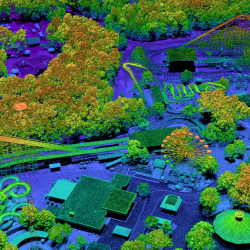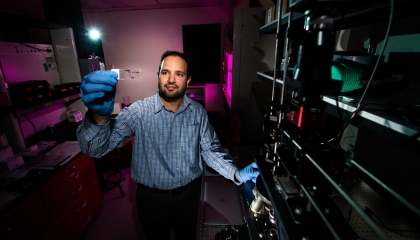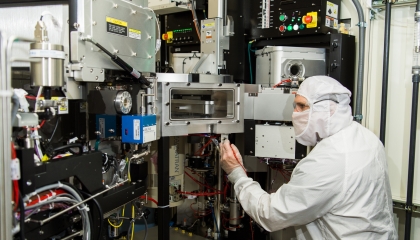

Advanced Imager Technology
Our group has pioneered imaging technologies that have enabled some of the world's most powerful telescopes and cameras for the defense and scientific communities. We design and fabricate charge-coupled-device (CCD) imagers with sensitivity spanning the visible, infrared, and X-ray bands. Our CCDs help scientists study far reaches of the universe and have been employed in high-end astronomical instruments, such as the 1.4-gigapixel Panoramic Survey Telescope and Rapid Response System (Pan-STARRS) at the University of Hawaii's Institute for Astronomy. We also fabricate single-photon-sensitive imagers based on arrays of silicon or compound semiconductor avalanche photodiodes. These devices have enabled ladar systems that can produce precise 3D terrain maps of the earth and can even see through foliage. These single-photon-sensitive imagers have been used in disaster-relief operations in Haiti and Houston. Finally, our group has developed digital-pixel focal plane arrays that have allowed cameras to perform wide-area infrared surveillance and capture high-dynamic-range imagery while supporting data processing directly on the focal plane.
Featured Projects

PHOENIX High CASTLE

Transiting Exoplanet Survey Satellite

Charge-Coupled Devices for REXIS on OSIRIS-REx
Latest News





